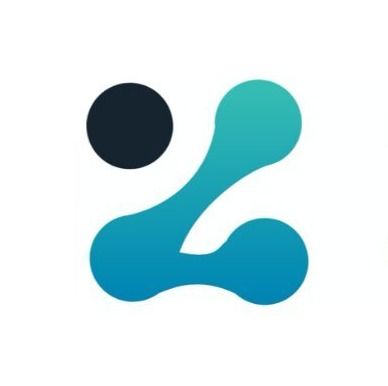Audio Presented by

The leading web3 and Blockchain infrastructure provider - Blockchain nodes and networks, and APIs.
About Author
The leading web3 and Blockchain infrastructure provider - Blockchain nodes and networks, and APIs.

The leading web3 and Blockchain infrastructure provider - Blockchain nodes and networks, and APIs.
The leading web3 and Blockchain infrastructure provider - Blockchain nodes and networks, and APIs.